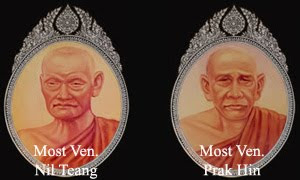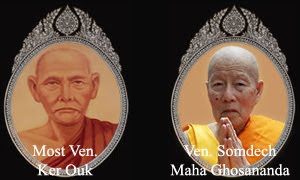
“Organization of a school is the administrative expression of educational theory.”
Elsbree
Meaning of School Organization
In order to understand the meaning of school organization, we have to understand the two terms—school and organization separately and then the meaning of both combined.
Meaning of School
A school is the institution where schooling is provided to the young students. It is a place for learning and education. It is also called a temple of learning. The learners assemble here, sit together under the same roof, on the same floor or carpet or desks and learn from the same teacher irrespective of castes, color and creed. It is here that teaching-learning has been institutionalized.
The school has not to be looked only as a place where knowledge is imparted in the traditional manner but as a place where the child is prepared for life through life-like experiences. Here he listens and reads about the experiences of others, acquires his own experiences and carried out some experiments.
Meaning of Organization
Different educationists have defined this combined term of school organization in various ways:
Sears. J.B. Sears considers organization as a machine for doing work. It may be composed primarily of persons, of materials, of concepts, symbols, forms, rules, principles or more often, of a combination of these. The machine may work automatically or its operation may be subject to human judgment and will.
Ryburn. “Organization simply means the practical measures which we take to ensure that system of work we use will be of the greatest possible assistance in carrying out our aims and of the greatest benefit to our children.”
Organization stands for a structure, framework, system, organized body, assortment, organism, a set or collection. It is concerned with the process of regulations, forms, calendars, schedules, material equipment, human equipment, libraries, laboratories, workshops, museums, art galleries, lawns, playgrounds and other facilities of work. Thus organization has three aspects:
1. Organization of Material Equipment
It involves organization of building, campus, grounds, accommodation, furniture, fittings, libraries, laboratories, workshops etc.
2. Organization of Human Equipment
It involves organization of students, teaching staff, ministerial staff, menial staff, inspecting staff, experts, boards of managements, etc.
3. Organization of Ideas and Principles
The desirable ideas and principles are organized and translated into school systems, time schedules, norms of achievement, rules and regulations, curricular and co-curricular programs.
Thus organization deals with making systematic arrangements so that the purposes of the entire program are achieved. The school has to function as an effective and efficient organization. Good organization ensures unity of action, efficiency, economy, optimum utilization of resources, well being, all round satisfaction and good results. Without proper organization there would be confusion, chaos and haphazard activity resulting into wastage of time, effort and resources.
Meaning of Administration
Etymologically: The term administration has been derived from the Latin word ‘ministic’ which means service rendered to others for their welfare.
Dictionary: The Oxford Dictionary explains administration as ‘management of business, management of public affairs, government, etc.’ The word business, public affairs and government are used here to indicate some form of organization or institution. Thus administration may be defined as the management of an institution or organization. The management means to run, handle, conduct or control. Administration stands for handling, conducting and controlling of an organization.
Ryburn: Administration is not primarily concerned with arrangements, time table, scheme of study, type of building, records etc., but it is concerned with attitude of our work and with the children with whom we work.
Educational administration is therefore a comprehensive effort intended to achieve some specific educational objectives and it deals with educational policies and practices. It stands for planning, directing, controlling, executing and evaluating the educative process.
It is again concerned with both: (i) human resources and (ii) material resources
(i) Human Resources: Among the human elements with which administration is intimately concerned are the children, parents, teachers, administrators, other employees, citizens in general, employers, Universities and Boards of Education, and officials at local, state and national levels.
(ii) Material Resources: On the material side educational administration is concerned with funds, buildings, grounds, equipments and other institutional supplies.
Beyond these two elements are ideas, curricula, courses, rules and regulations, laws, methods, community requirements and so on. The coordination of all these elements into a unified effort is the main role and function of educational administration.








